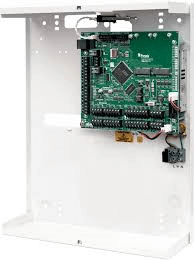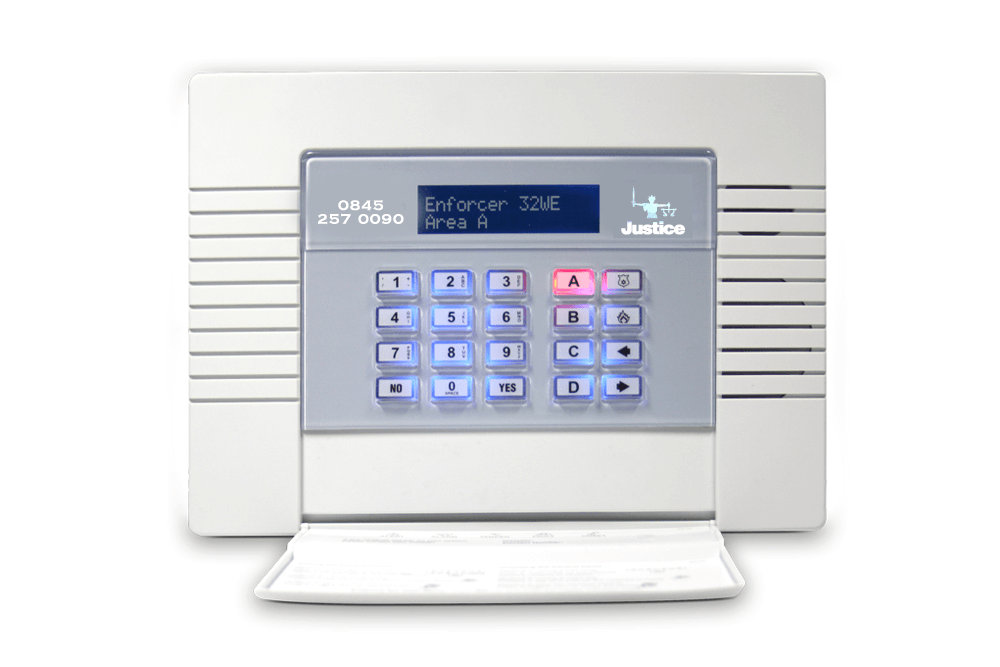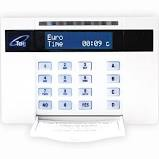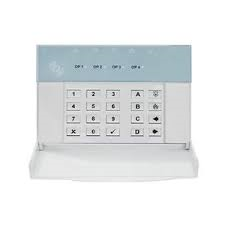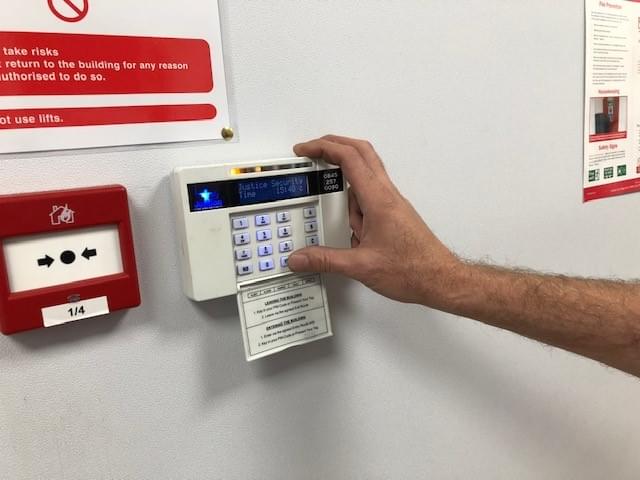There are several different types of Intruder Alarm System on the market and these can be defined into 3 types.
Wired System
A wired system is basically what it says. All devices door contacts, motion detectors, bells and keypads are wired back
to the main control panel known as an end station. Wired systems benefit from only one point of power or on a large
system a few power supply units placed strategically around the premises. There disadvantage is that wiring can be
both labour intensive and disruptive to install and after installation can be prone to damage or high resistant faults
sometimes caused by rodents or the environment it is in.
Wireless System
Wireless systems are the same as their wired counterpart above except the detectors are wireless and report back to the
main control panel via radio. The main advantage is that there is very little labour involved to install and there
is less disruption to the property. Wireless systems have been around now for many years and are as reliable as their
wired counterpart, they are used exclusively in the domestic market and becoming more widespread in commercial installations.
Wireless systems are particularly useful when a building needs installing quickly, cannot be disrupted due to historical
or architectural design, or is a temporary installation that may be removed from site to site. The only slight disadvantage
is that the batteries need to be changed in all the devices every 2-5 years depending on usage.
Hybrid System
Hybrid systems have the best of both worlds above and can be part wired and part wireless. The easy parts of the system installation can be wired and a difficult to reach detector perhaps at the very top of a warehouse for example where it would take many hours in labour to wire can be fitted with wireless devices. Hybrid systems can also be useful when taking over an existing system and expanding it. The existing wiring can be utilised for wired devices and any future expansion can be wireless.
